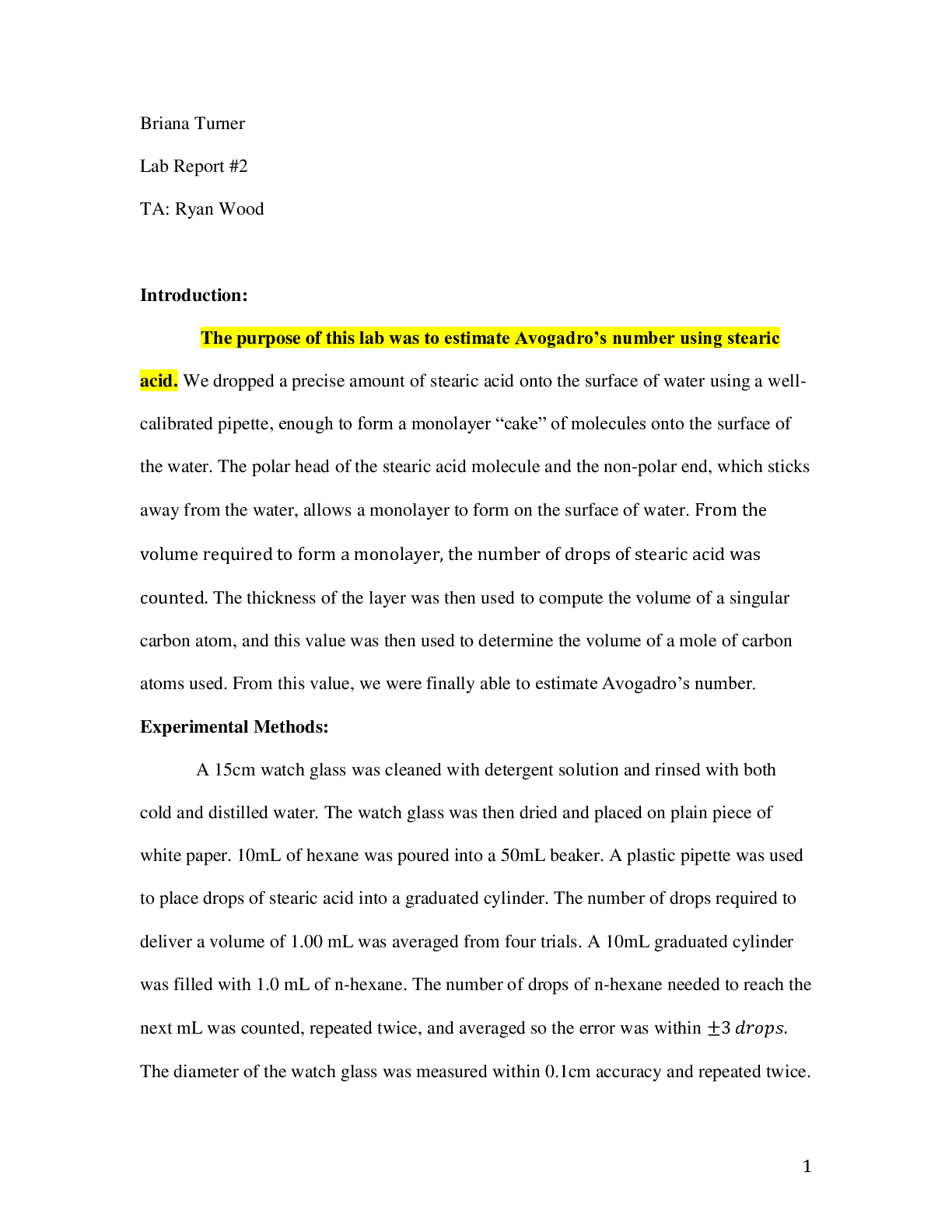Micro Biology > Lab Experiment > Chamberlain College of Nursing BIOS 242 Lab4_SimpleStain. (All)
Chamberlain College of Nursing BIOS 242 Lab4_SimpleStain.
Document Content and Description Below
BIOS242, Week 2, Lab 2 Name: Lab 4: Simple Staining Learning Objectives: To learn about principle of staining To learn the process of simple stain To prepare wet mount slides In lig... ht microscopy, colored dyes, called stains are used to improve contrast between the specimen and the background surrounding the specimen. Staining makes visualization of the specimen easier due to increased contrast. This is crucial for specimens that are mostly transparent. Bacteria, due to their size are difficult to visualize under light microscope without staining. Stains contain chromophores of a specific color. In addition, the stains may bind to cells based on the charges present. In simple staining, only one type of stain is used. Use of single stain allows the user to observe size, shape and arrangement of bacteria. Acidic stains are negatively charged and bind to positively-charged structures in the cells. Basic stains are positively charged and bind to negatively-charged structures, such as nucleic acids and many cell wall components. Basic stains such as Crystal violet, Safranin, and Methylene 1 BIOS242, Week 2, Lab 2 Name: blue are some of the common stains used in a Microbiology laboratory. Differential staining uses two or more similar stains in a way that it allows observation of specific features of bacteria which often becomes basis of identification of the bacteria. In this lab, we will carry out simple staining and subsequent observation of size, shape and arrangement on bacteria and yeast. We will also make wet-mount slides of yeast and cheek cells. Exercise 1: Simple Stain Materials: Overnight cultures of S. epidermidis, B. subtilis, S. cerevisiae (yeast) , inoculating loop, glass slides, incinerators, crystal violet or any other stain chosen by instructor; tongs, staining racks/trays, immersion oil, lens paper, bibulous paper, microscope Note to students: Wear gloves and use PPE before starting the lab work. Use aseptic technique to prevent contamination. Use only 1-2 drops of stain per slide. Avoid using excess. Method: 1. Obtain a clean glass slide, loop and overnight cultures. Hold the glass slides from the edges to avoid transferring grease or oil from fingers to the slide. 2. Using aseptic technique, transfer a loop full of S. epidermidis culture at the middle of the glass slide. Spread it in a thin layer. a. It is important to make a thin smear. A thick smear prevents light to pass through it, may have cells too close to each other or as clumps which results in poor observation. A thin smear allows better observation of cells by allowing the light to pass through it. 3. Allow the smear to air dry completely. Once the smear is completely dry, hold the glass slide using tongs and quickly pass the slide 1-2 times through flame of Bunsen burner to heat fix the bacteria. a. Completely air drying the specimen on the slide is crucial. Complete air drying of the specimen allows the cells to attach to the glass slide without boiling of the wet smear. Boiling will cause fragmentation/shrinkage of bacteria resulting in poor specimen quality and observation. 2 BIOS242, Week 2, Lab 2 Name: b. Once heat fixed, cells become attached to surface of the glass slide and will not get washed off during the staining process. 4. Once bacteria is heat fixed, allow the glass slide to cool to room temperature. 5. Add 1-2 drops of diluted stain and wait for 1 minute. 6. Remove the stain and gently wash it off using minimal amount of DI water. 7. Blot dry the slide and observe using 10X and then 40X lens of a compound microscope. 8. Record your observations at 40X lens in Lab report. a. Process to use Microscope is described in appendix A. b. Check with your instructor if 100X lens is needed. If 100X lens is used, don’t forget to use oil. c. Record results in the lab report. 9. Repeat the method using cultures of B. subtilis and S. cerevisiae. Record observations in Lab report and answer questions. [Show More]
Last updated: 1 year ago
Preview 1 out of 15 pages
Instant download
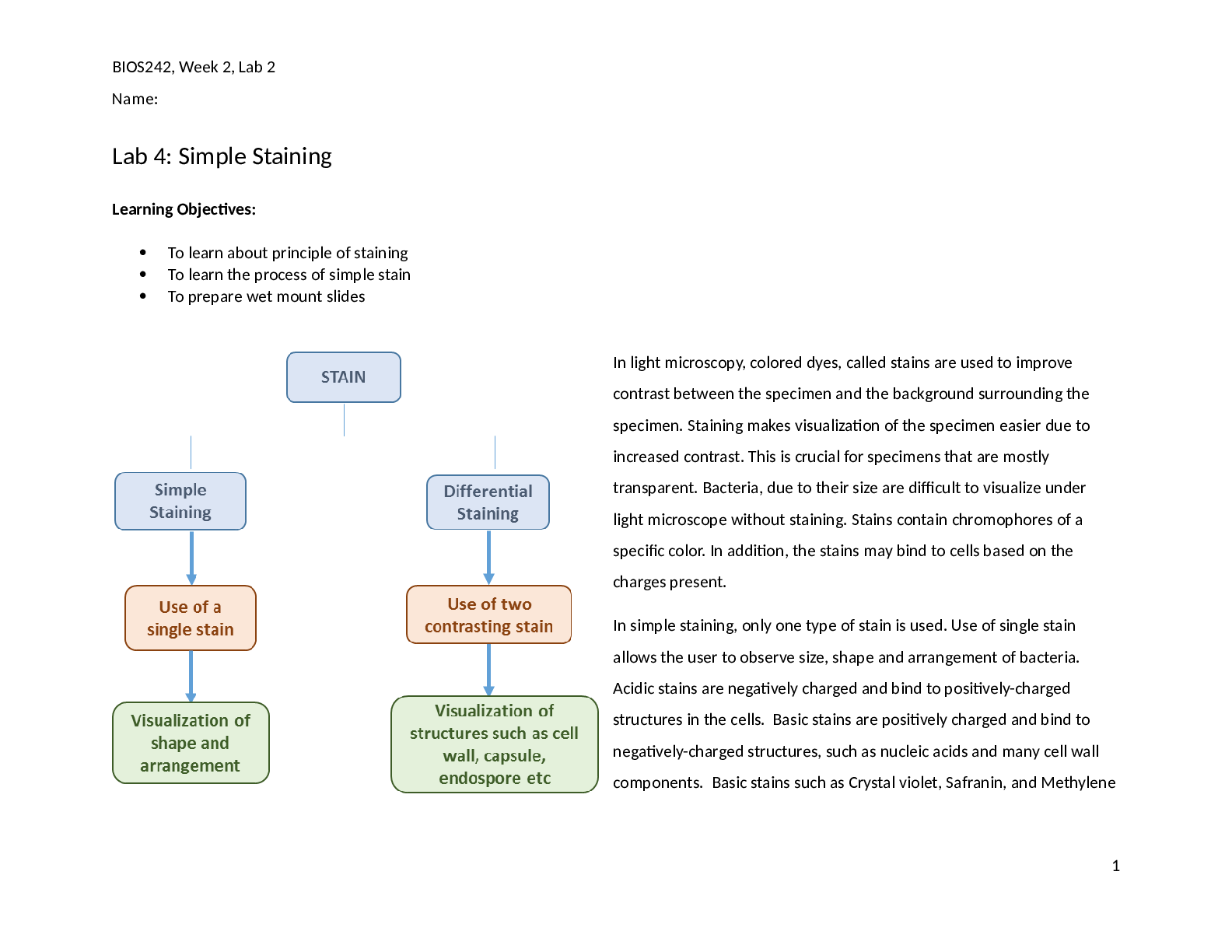
Instant download
Reviews( 0 )
Document information
Connected school, study & course
About the document
Uploaded On
Oct 08, 2021
Number of pages
15
Written in
Additional information
This document has been written for:
Uploaded
Oct 08, 2021
Downloads
0
Views
118


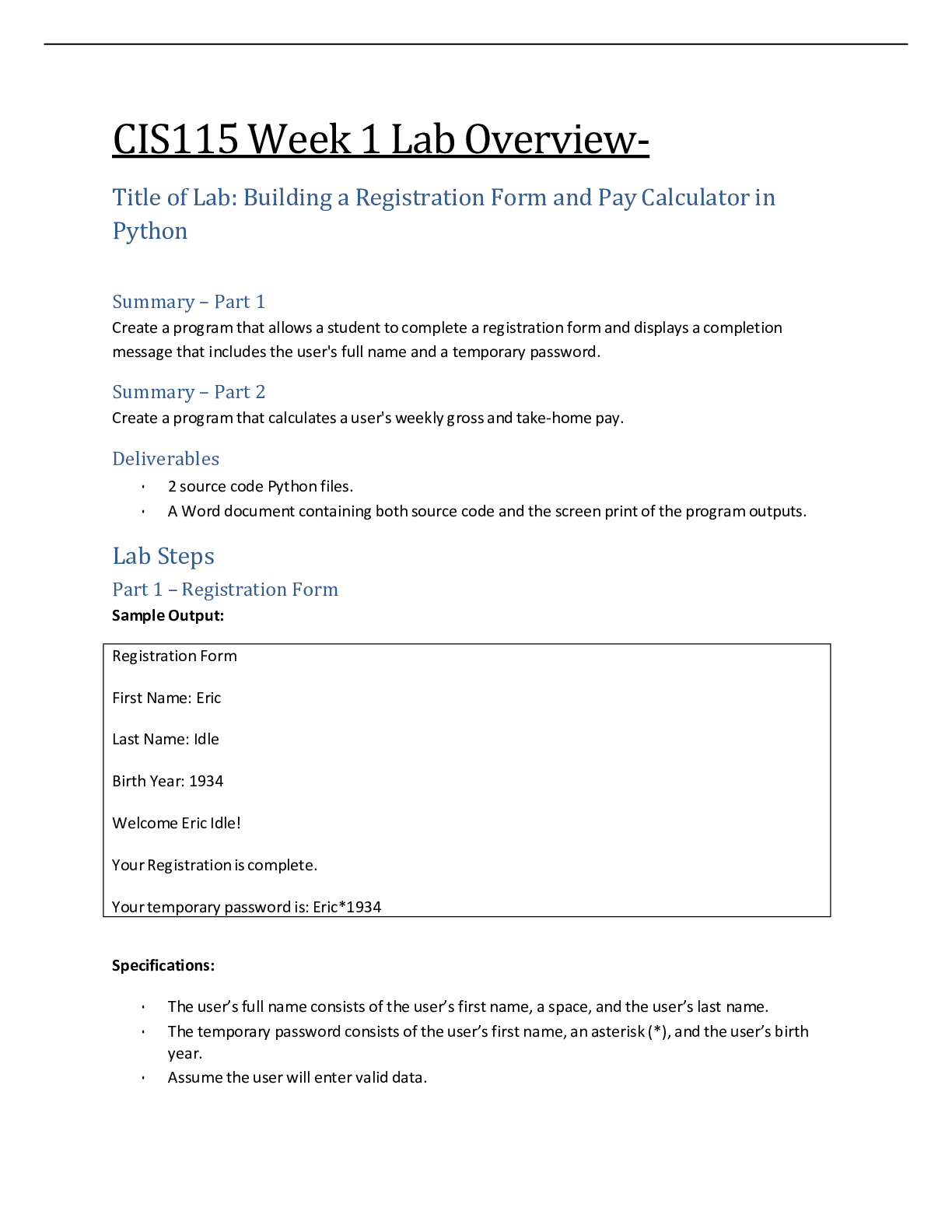
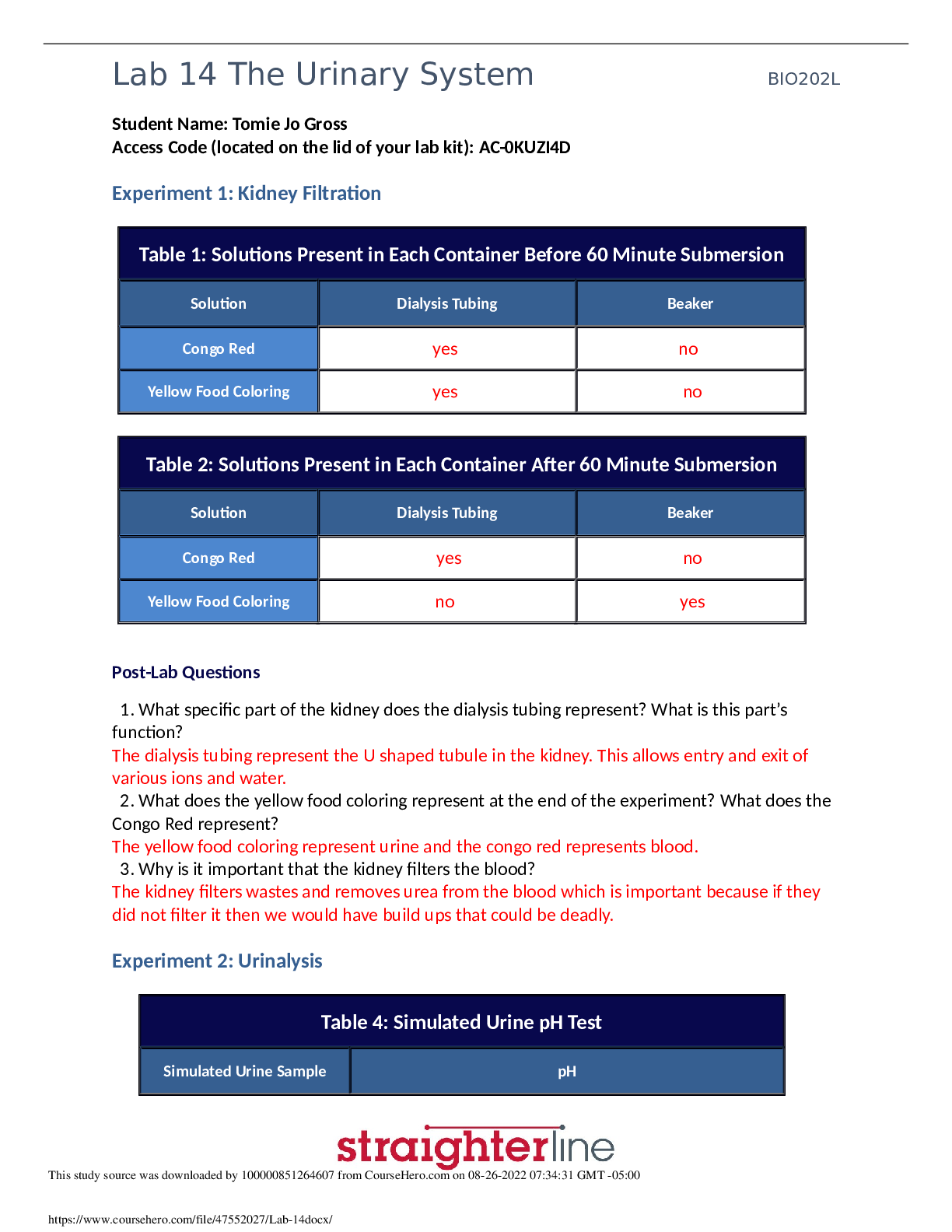
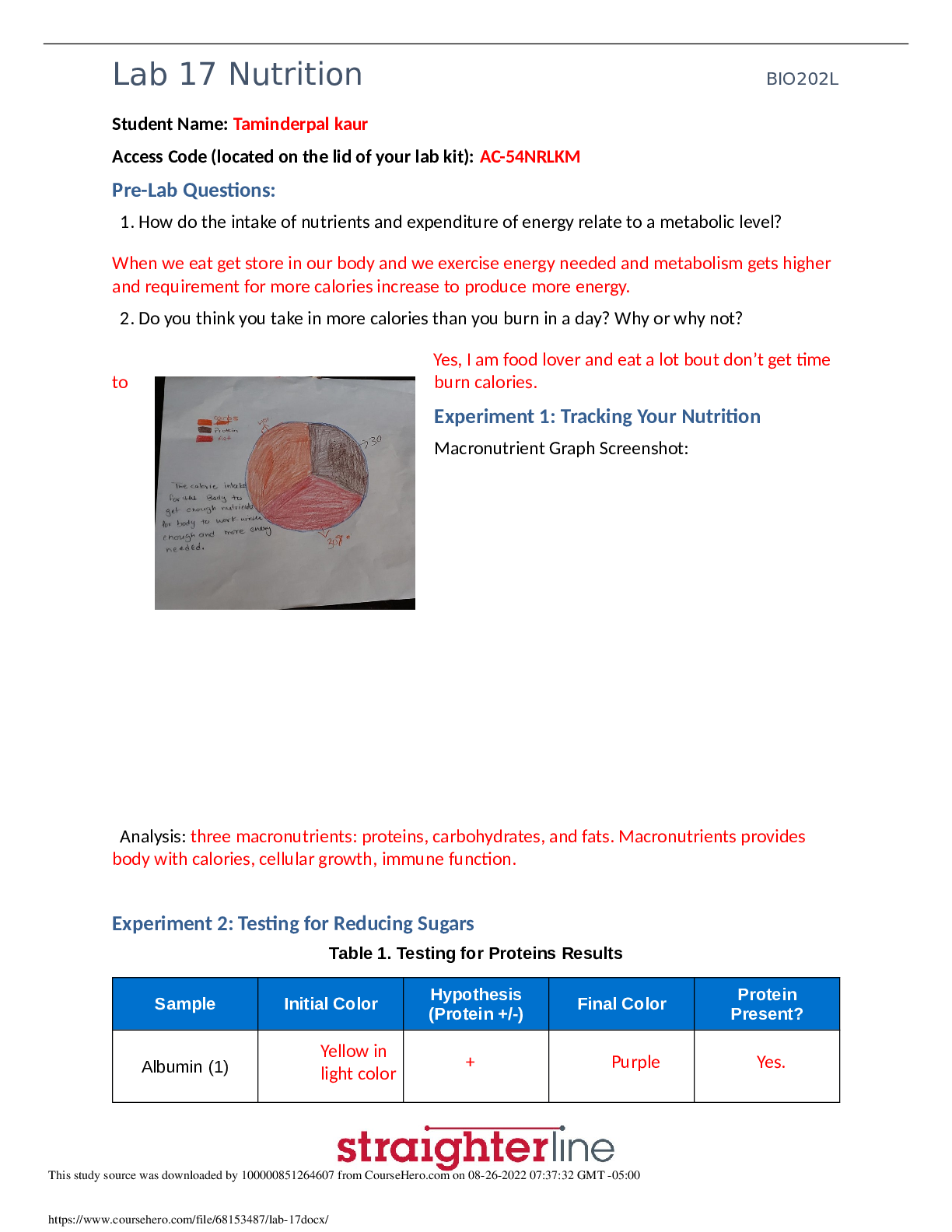
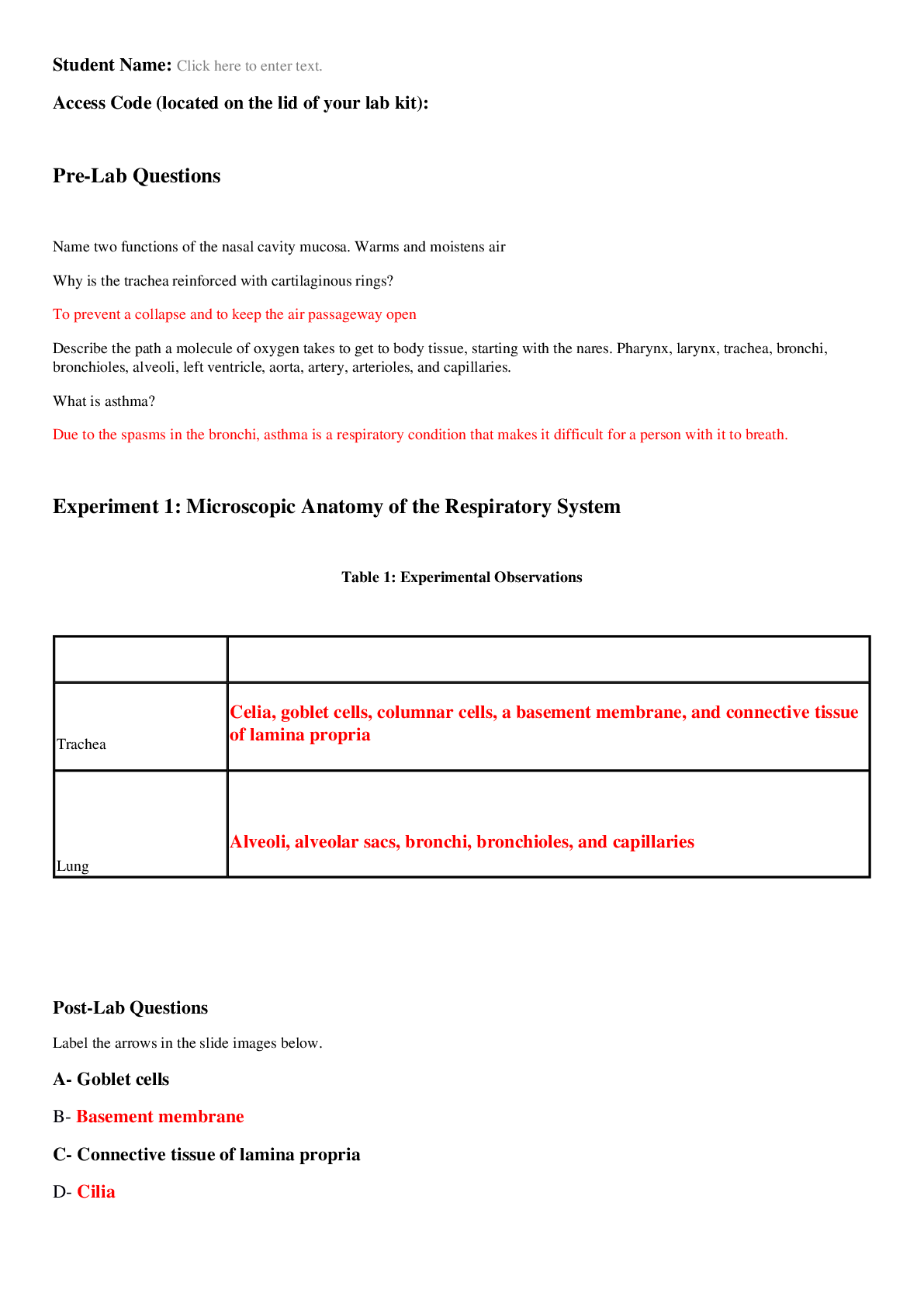
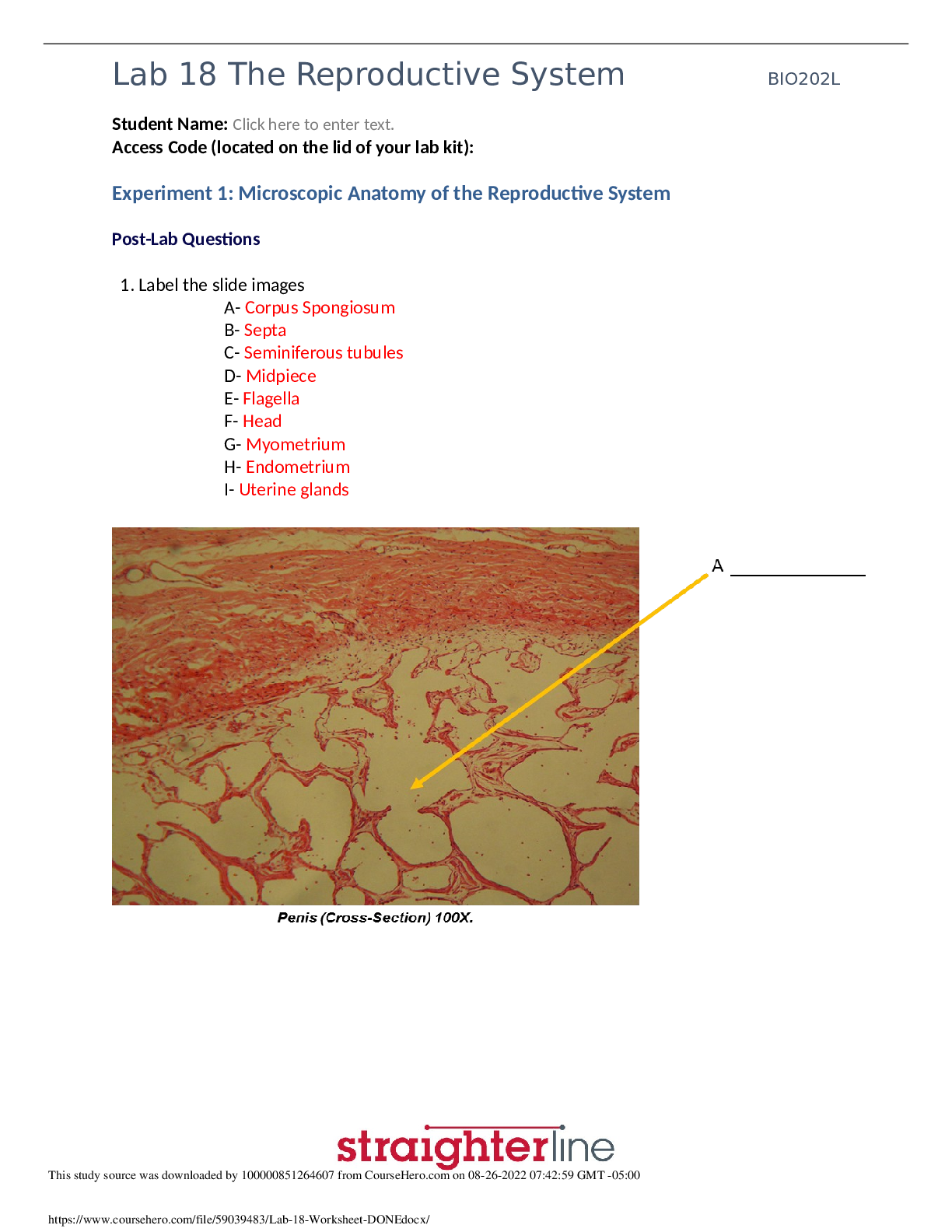

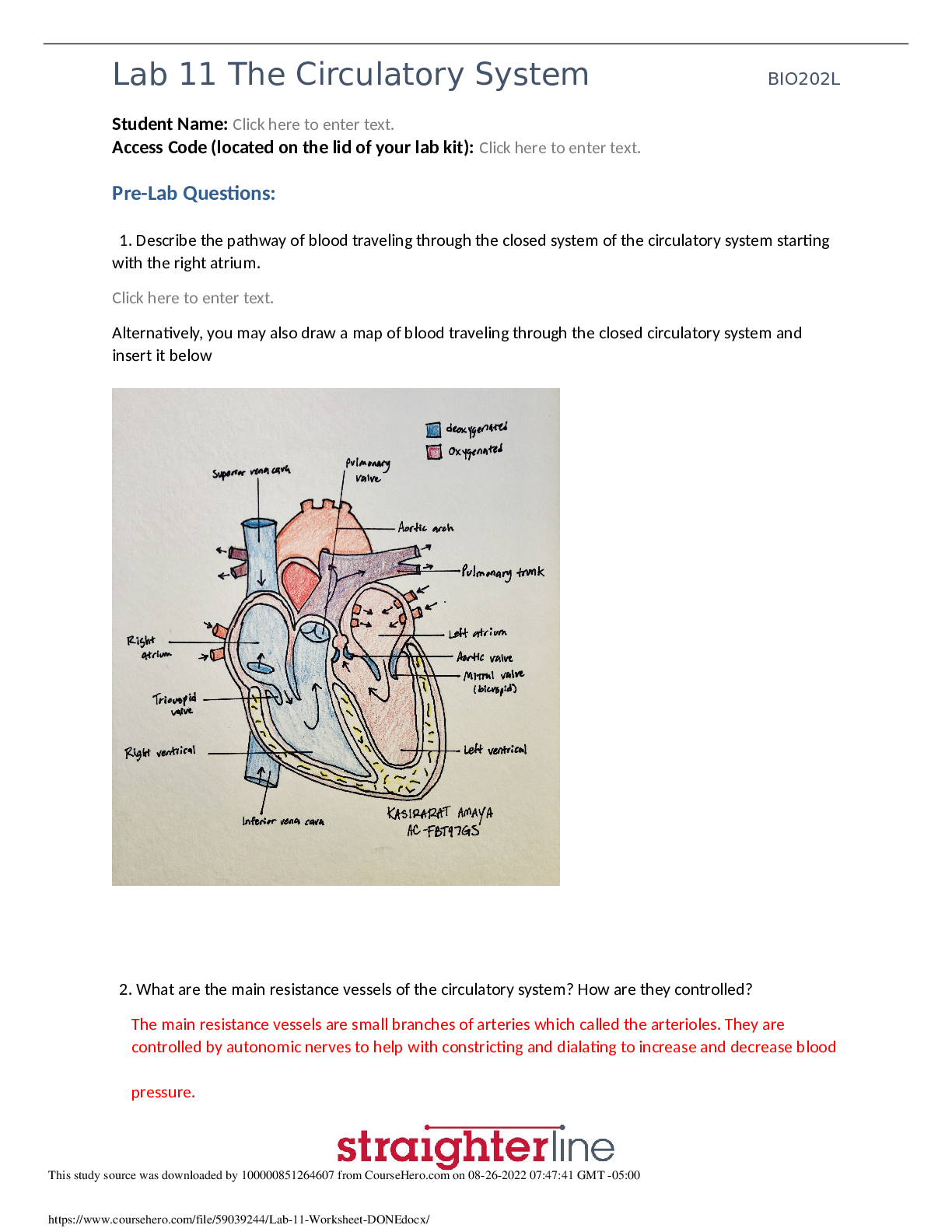
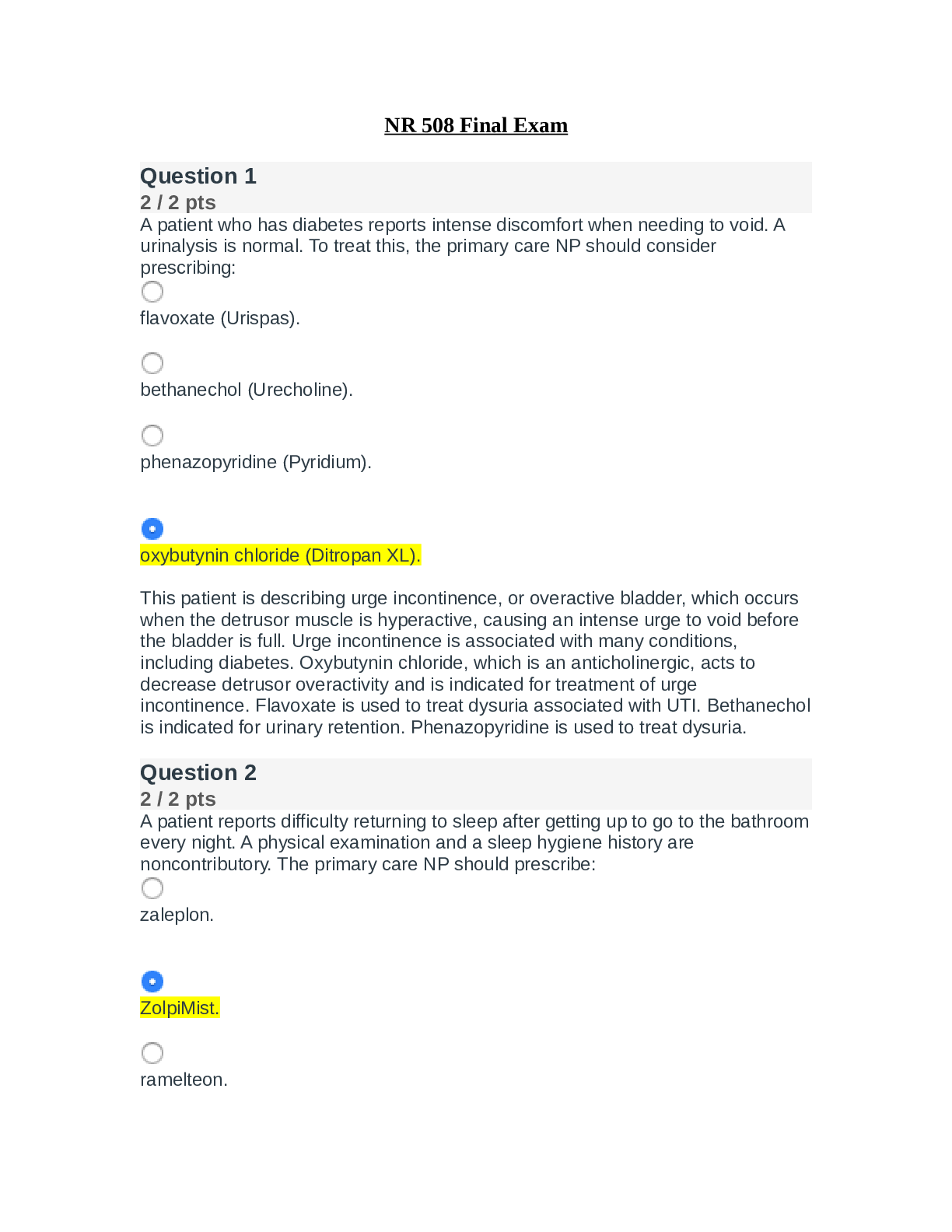
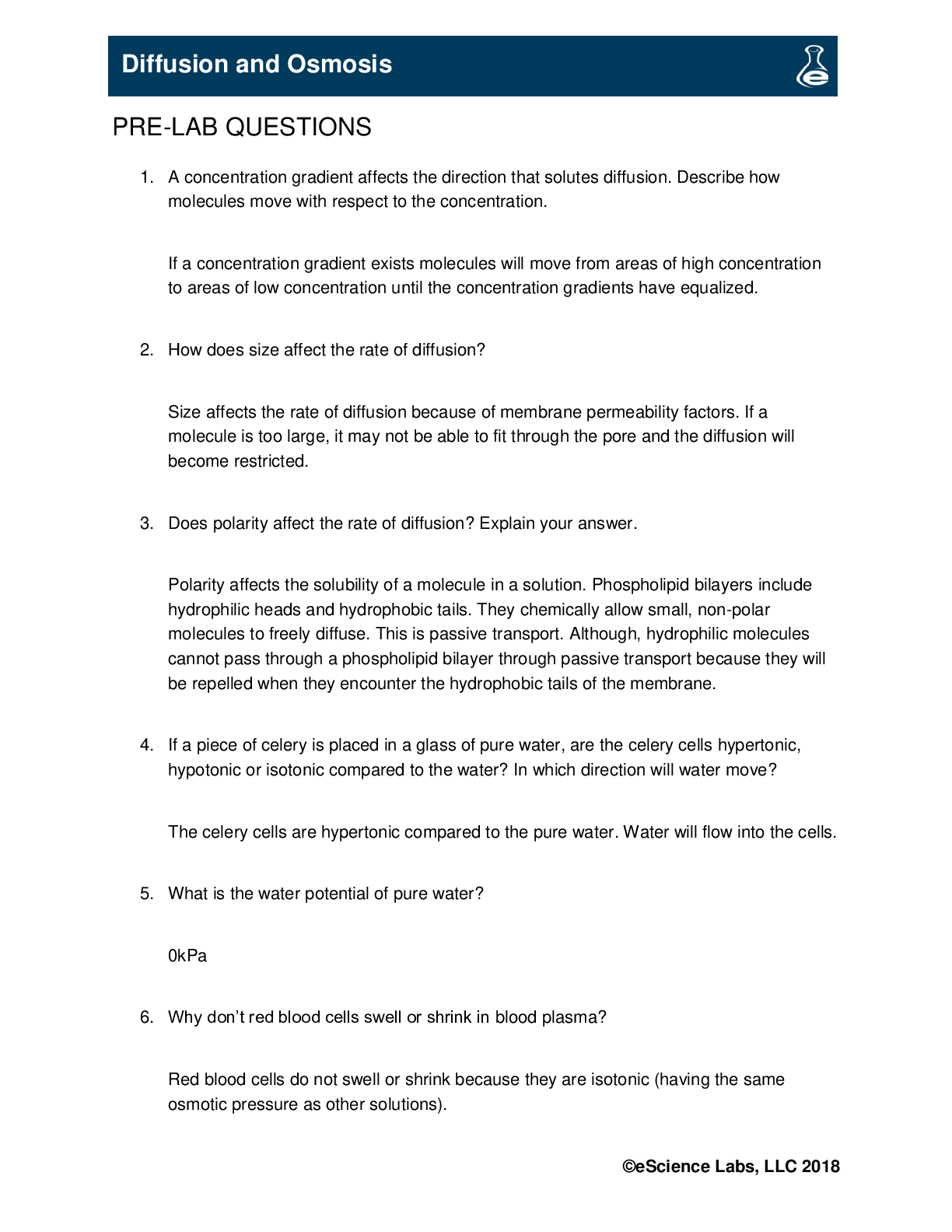
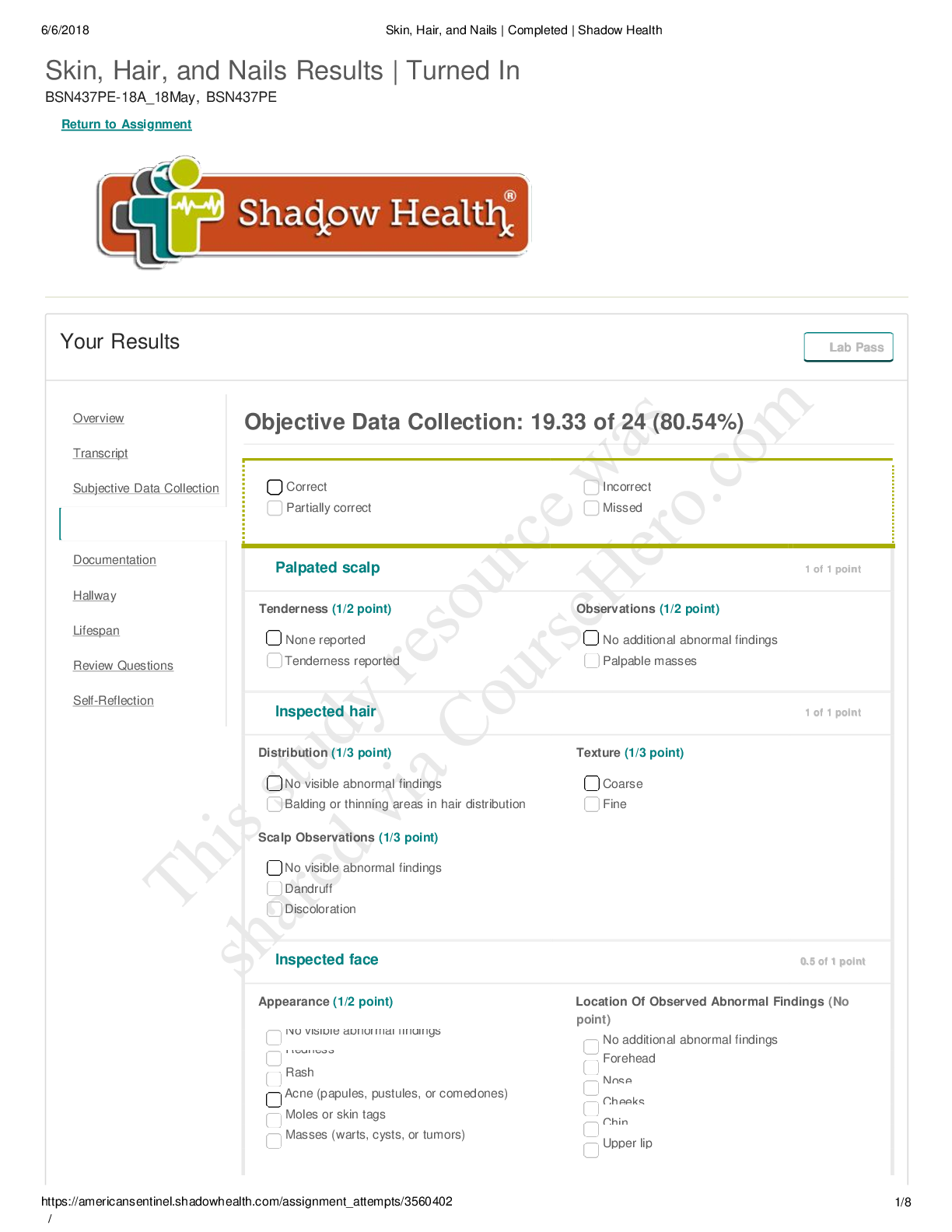
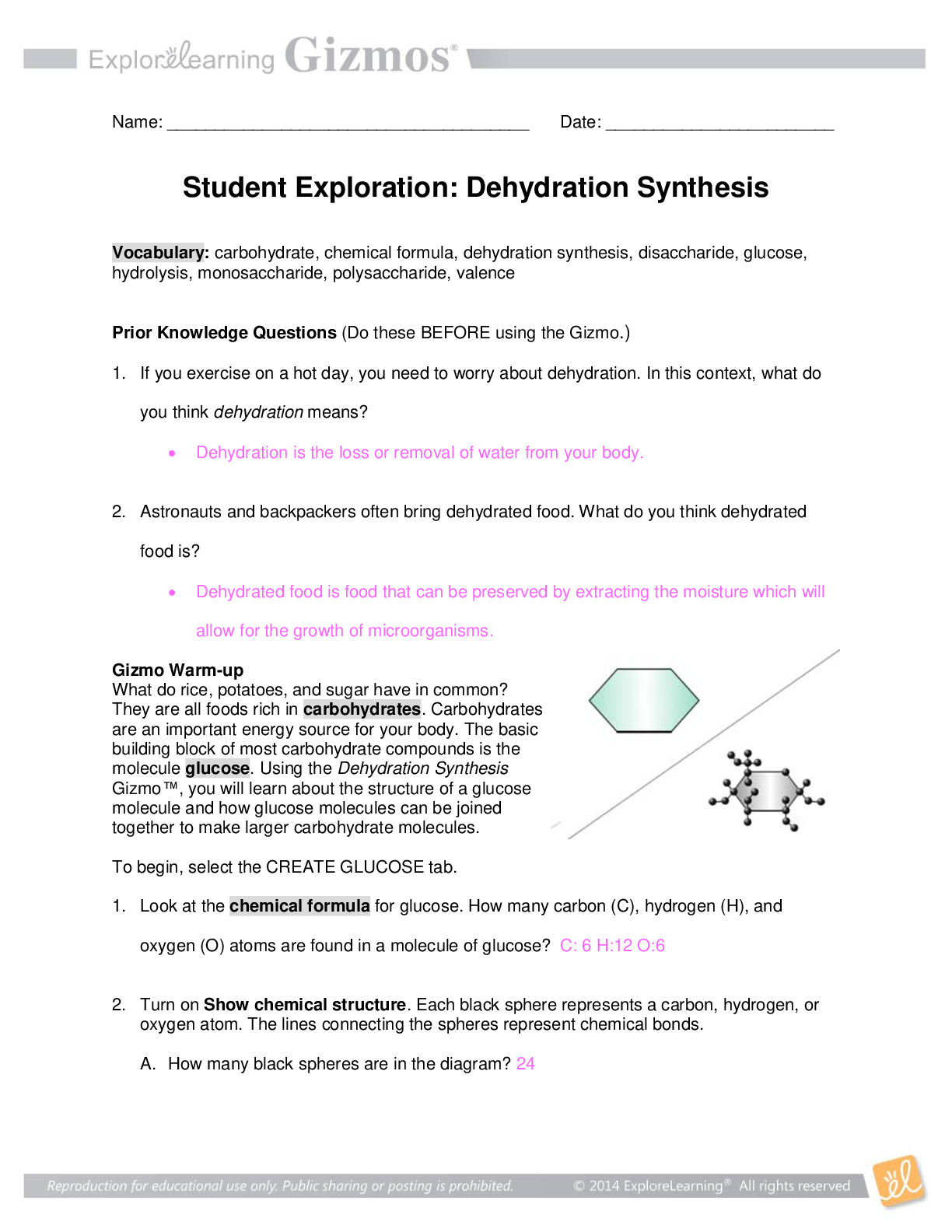
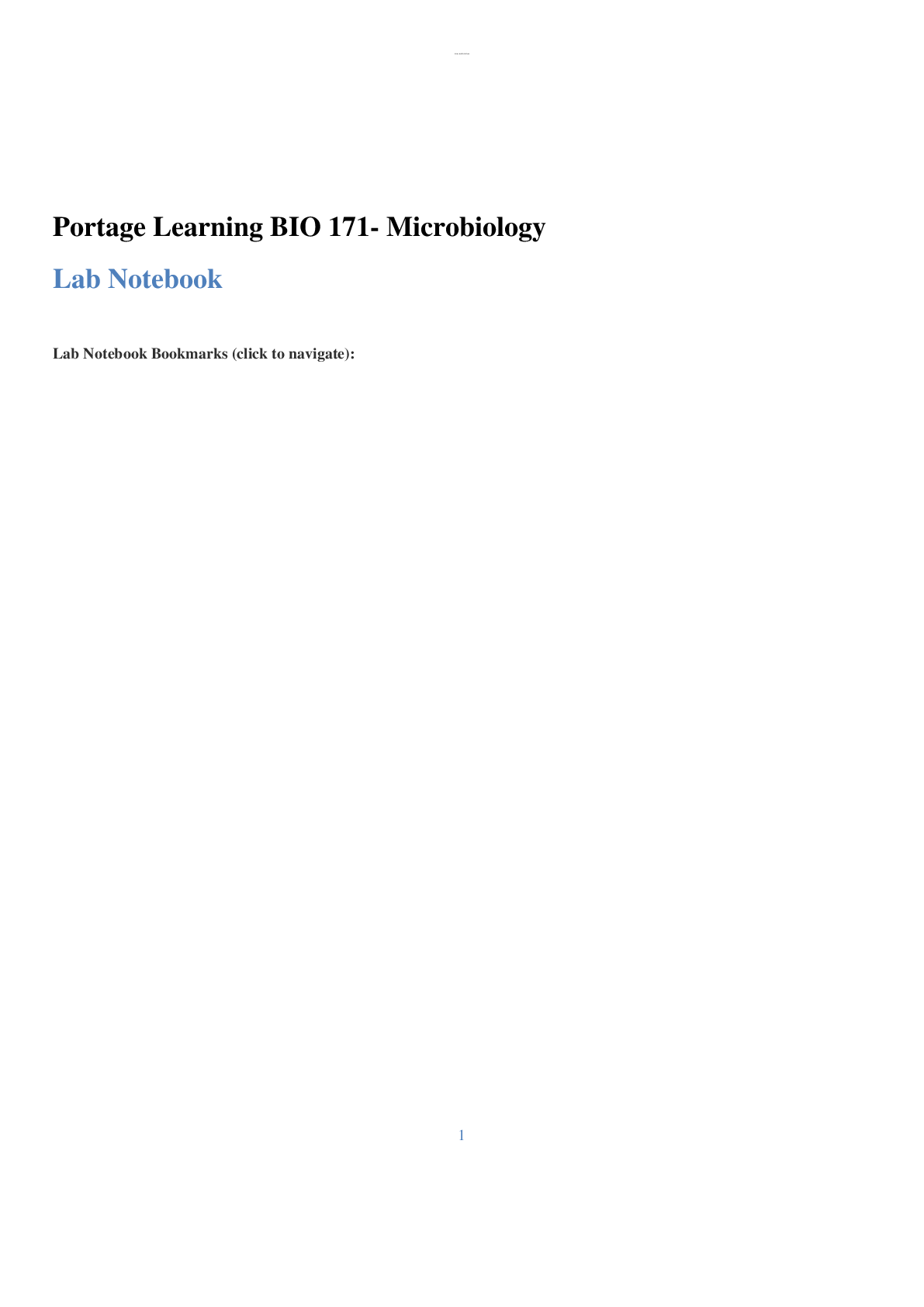
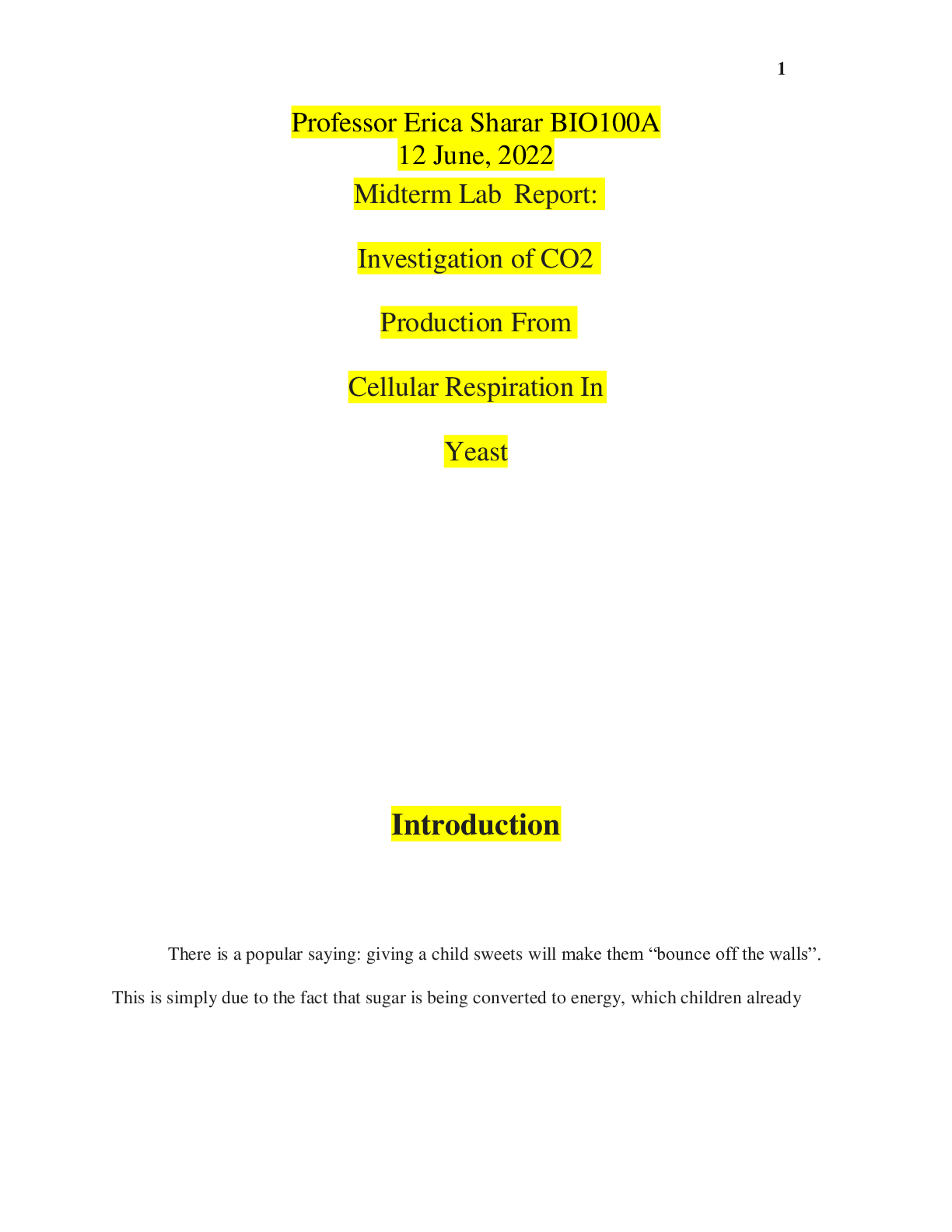
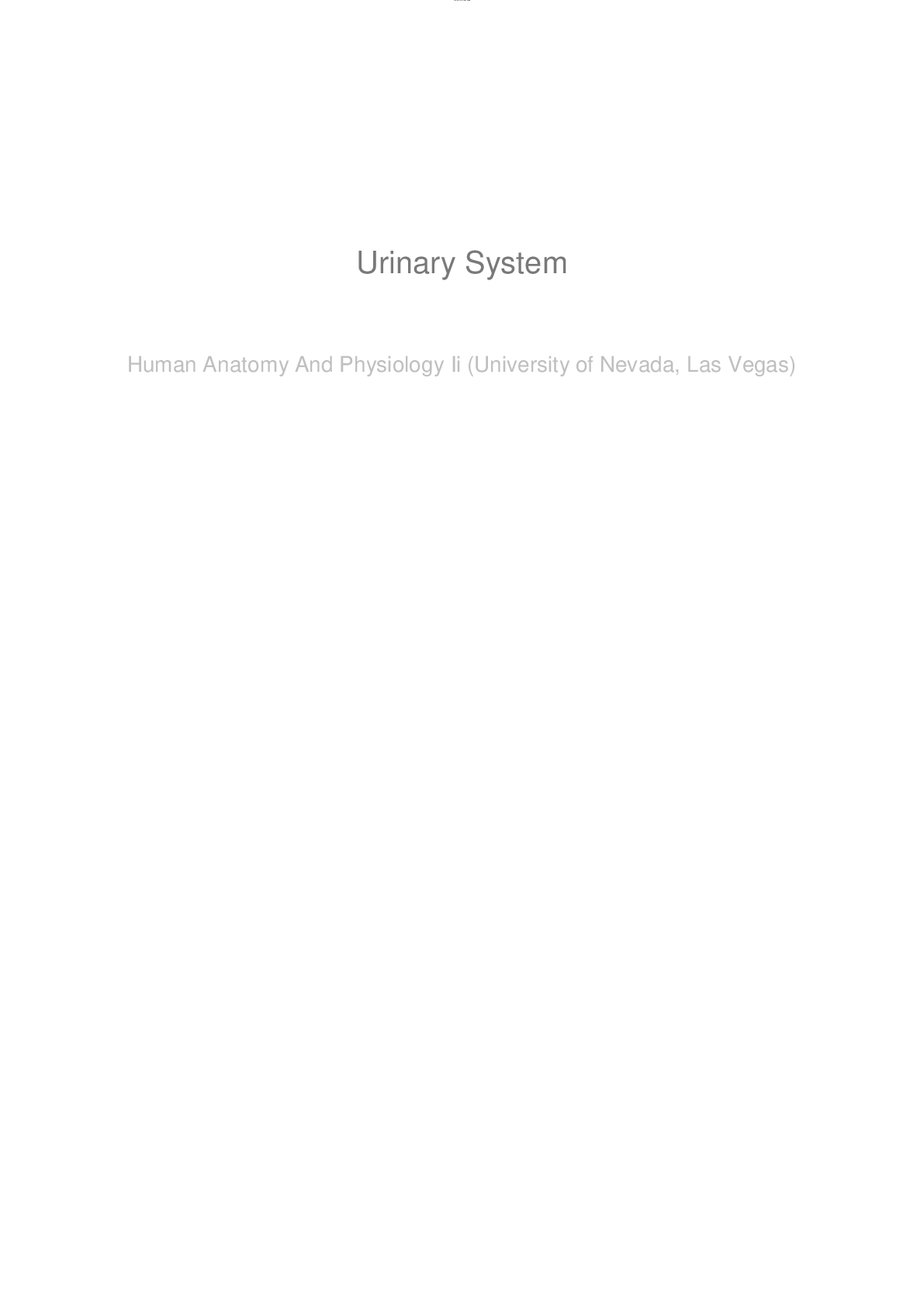
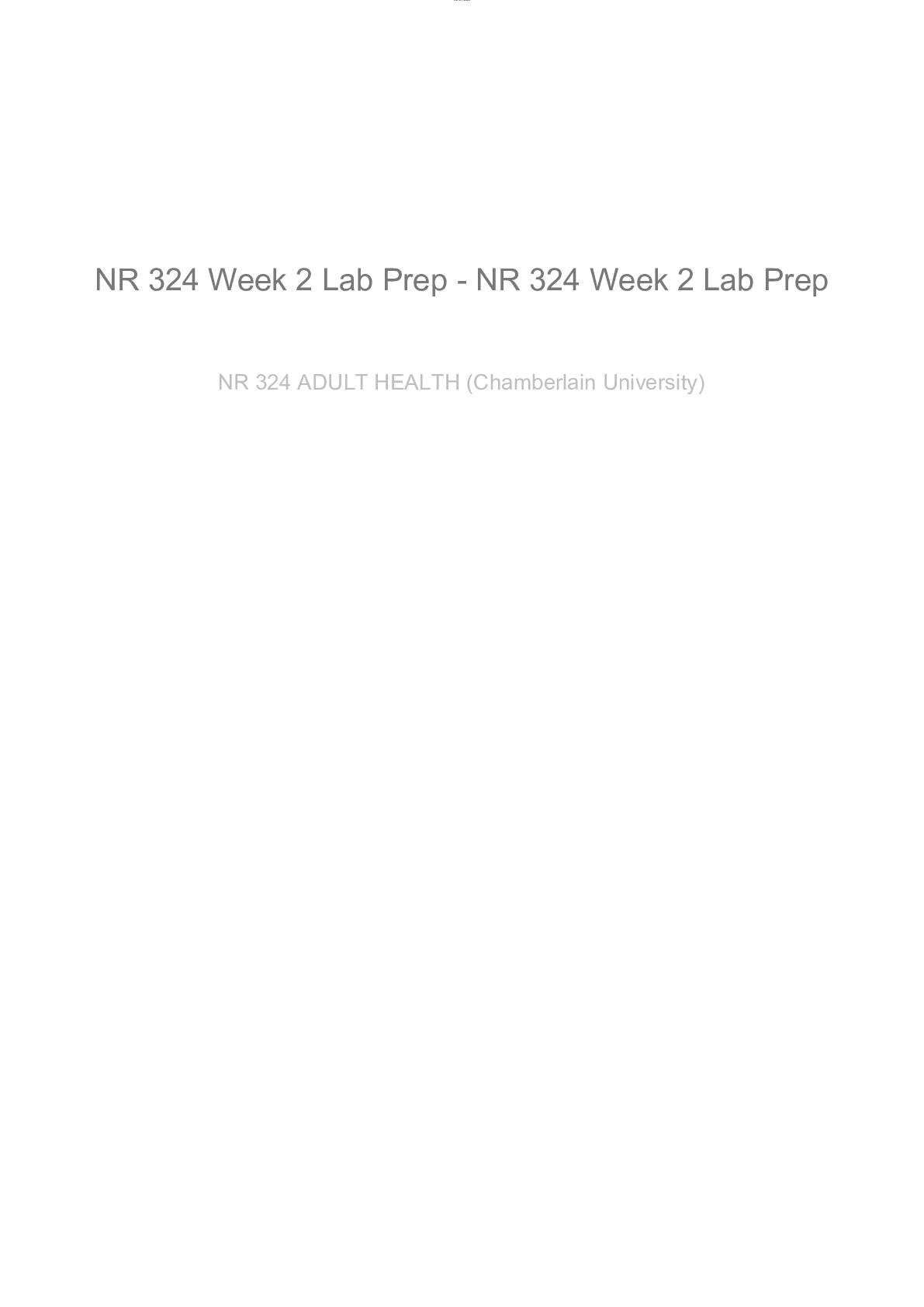
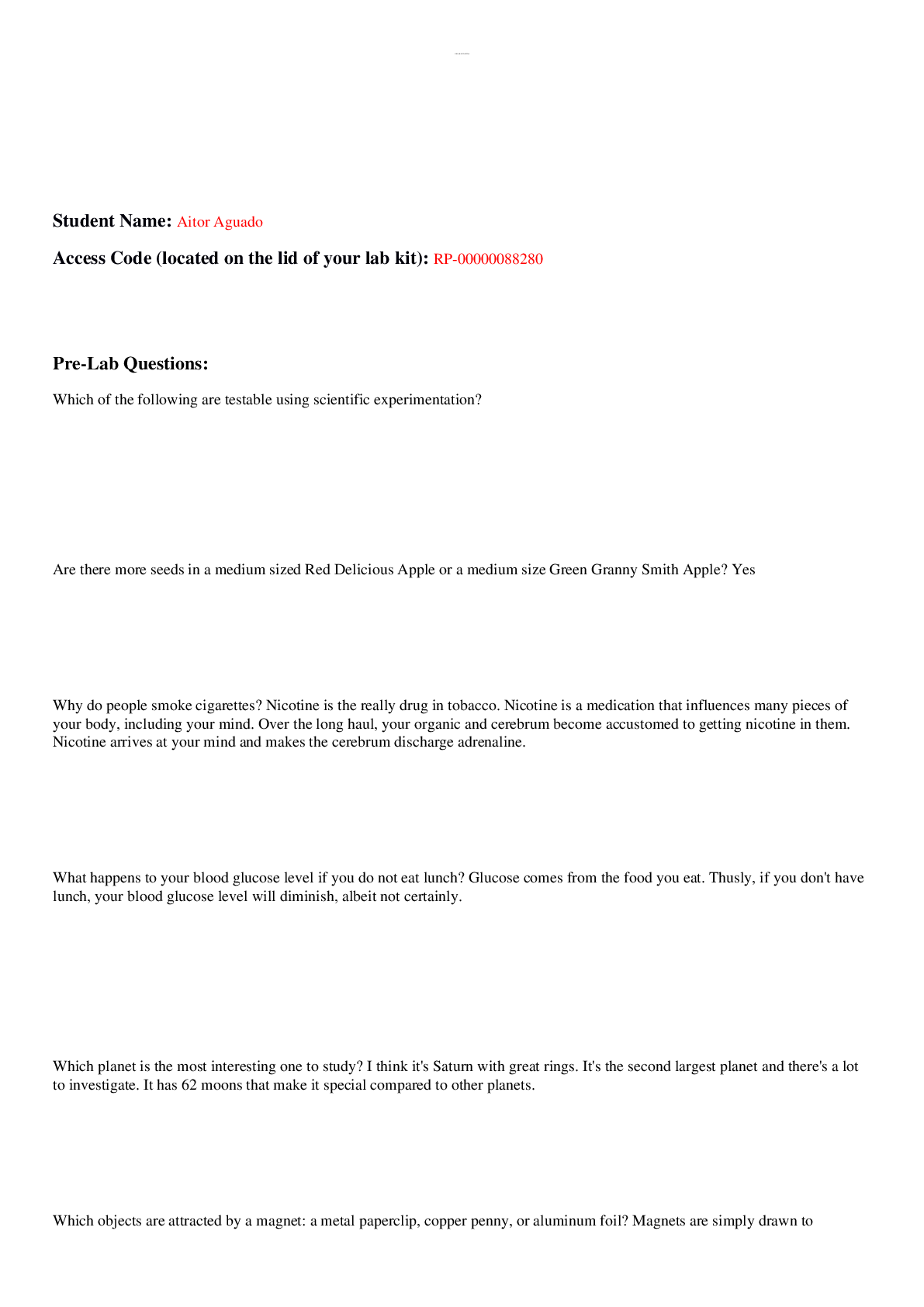
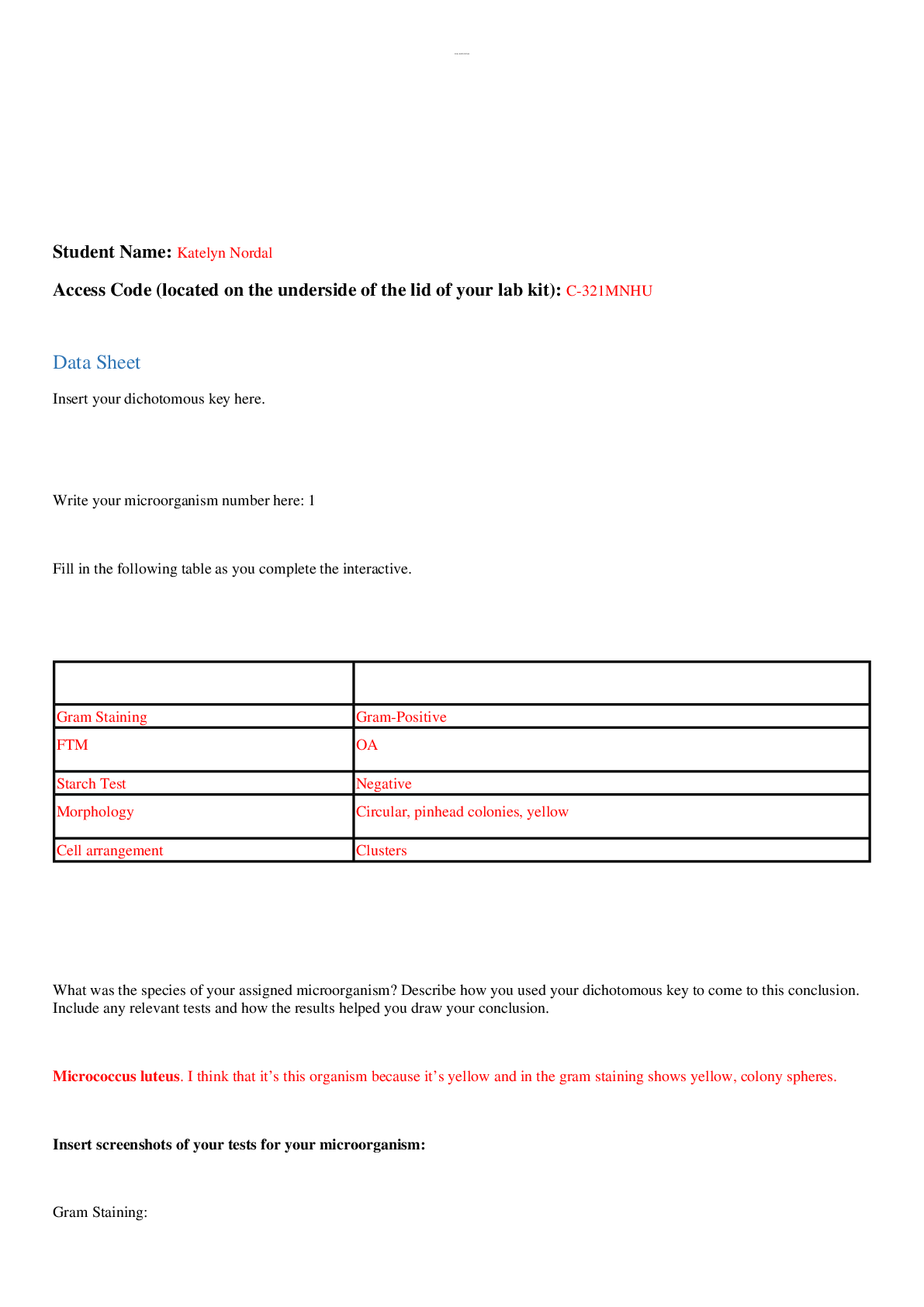



.png)
